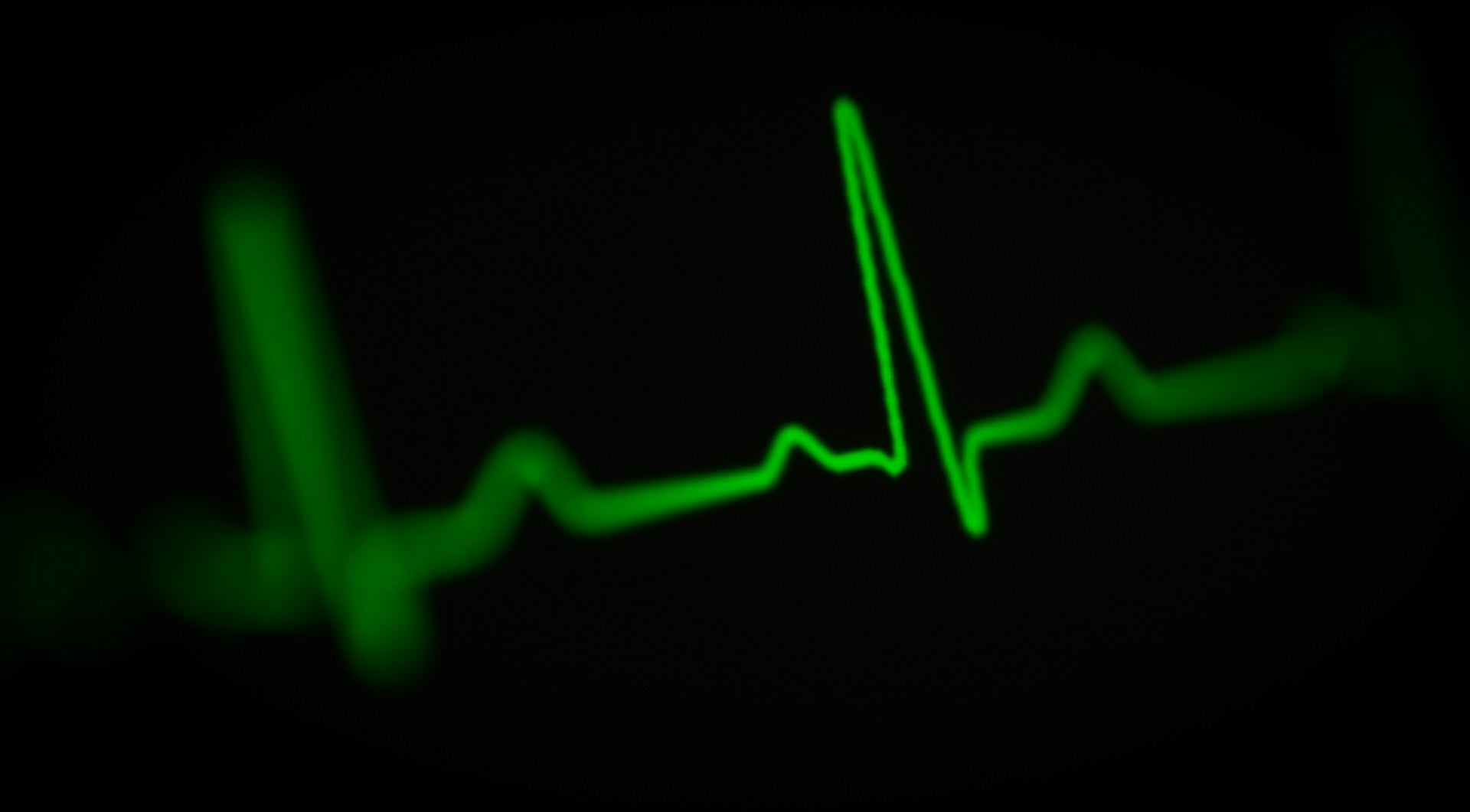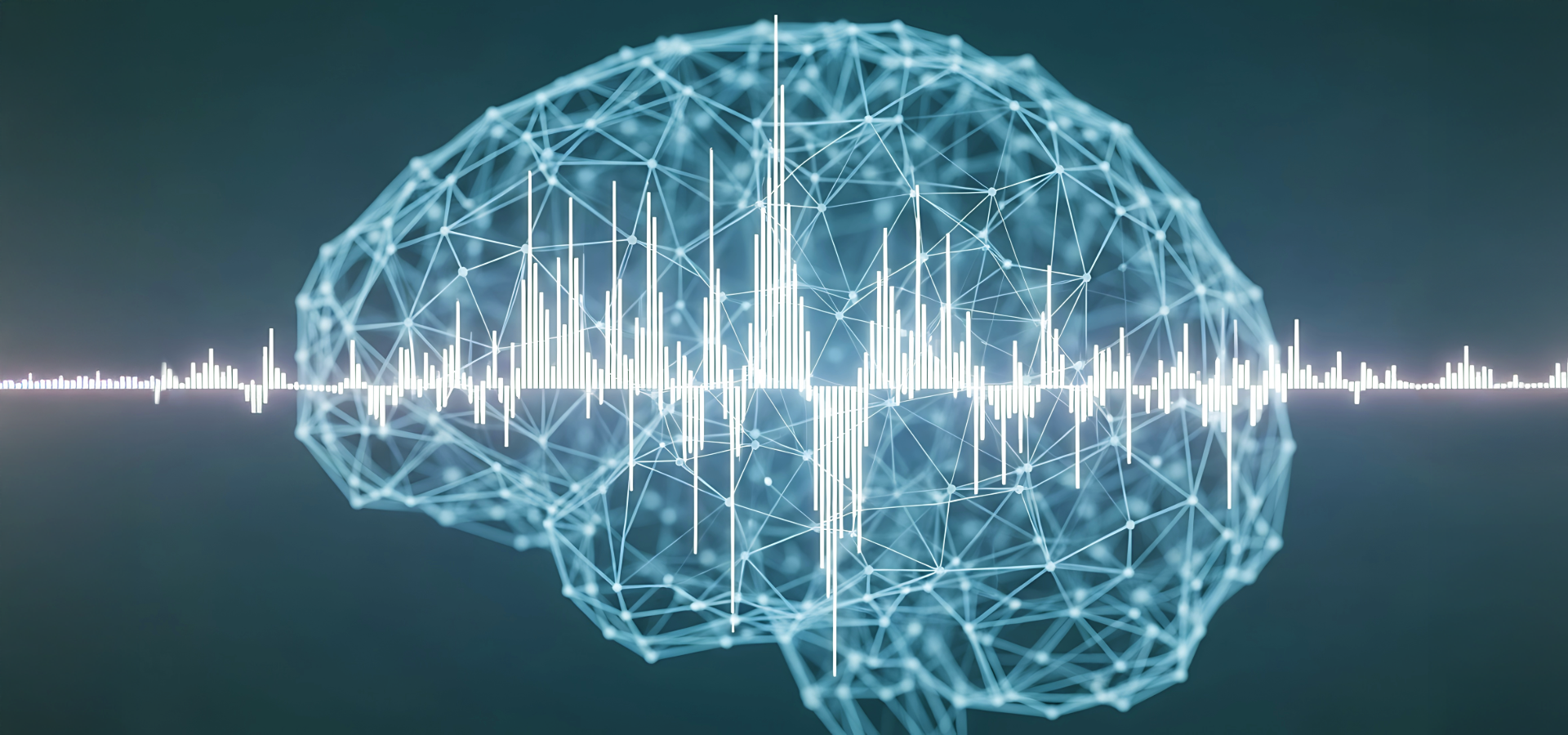Imagine if every breath you took could tune your nervous system.
Now imagine it’s already doing that and has been your whole life.
Welcome to respiratory sinus arrhythmia (RSA) the elegant physiological rhythm behind Heart Rate Variability (HRV). It's the unsung hero of SONA’s protocols, and in this post, we’re pulling back the curtain.
🧠 What is Heart Rate Variability (HRV)?
HRV is the natural variation in your heart rate, or inter-beat interval (IBI) that occurs during a breathing cycle.
-
When you inhale, your heart rate speeds up.
-
When you exhale, your heart rate slows down.
🧠 What is respiratory sinus arrhythmia (RSA)?
RSA occurs when you slow your breathing and it synchronises with your HRV. This is not a bug, it’s a feature. It reflects the dynamic control of your parasympathetic nervous system via the vagus nerve.
RSA is the visible fingerprint of vagal tone. The stronger your RSA, the more adaptable and resilient your nervous system tends to be.
🌀 Fine Tuning the System
This is where SONA comes in.
Slow paced (resonant) breathing is a technique that gets you into that sweet spot of your RSA. It usually means breathing at around 5.5 to 6 breaths per minute, the “resonance frequency” for most adults.
Why does this matter?
Because at this breathing rate, the baroreflex (your blood pressure stabiliser) and the vagus nerve work in perfect synchrony. You get:
-
Peak RSA
-
Maximal HRV
-
A measurable shift into parasympathetic (rest-and-recover) mode
This isn’t just relaxing, it’s reorganising your entire autonomic landscape.
🧬 Why Every SONA Protocol Includes Slow Paced (Resonant) Breathing
At SONA, we don’t do anything without first creating the right neural landscape.
Resonant breathing is the foundation of every protocol, whether you’re recovering from a race, prepping for high-focus work, or rewiring stress-driven pain loops.
Why?
-
It stabilises your physiology: A calm body sets the stage for plasticity.
-
It primes the vagus nerve: So when we stimulate it (via taVNS), the effects are stronger and more targeted.
-
It synchronises breath, heart, and brain: That triad is your access point for change.
You can’t rewire a brain stuck in threat mode. Resonant breathing gets you out of it, fast.
🧠 So What Happens in a SONA Session?
Here’s the rhythm:
-
Settle in → guided into resonance using slow, paced visuals and audio
-
Breathe → RSA kicks in, HRV rises
-
Stimulate → SONA delivers auricular vagus nerve stimulation
-
Adapt → Brain networks shift; nervous system recalibrates
-
Recover → You feel focused, calm, and clear
🧘♀️ Final Thought:
RSA is your nervous system’s original rhythm for calm.
When we breathe in sync with it, we’re not just calming down, we’re plugging into a system that evolved to help us adapt, heal, and thrive.








Share:
Why Personalised Vagus Nerve Stimulation (VNS) Is a Game Changer
Syncing the Senses: Amplifying SONA’s Power